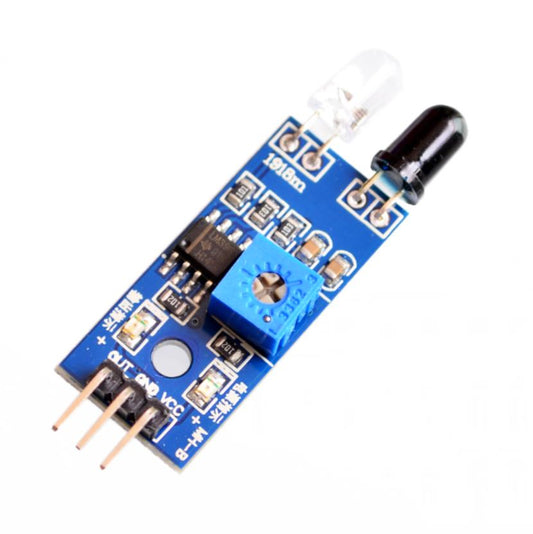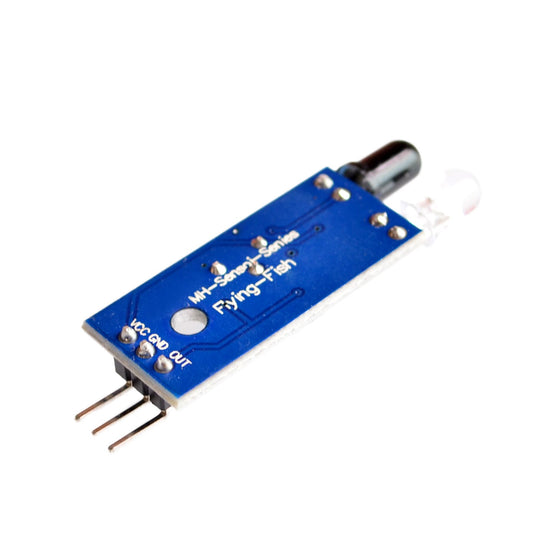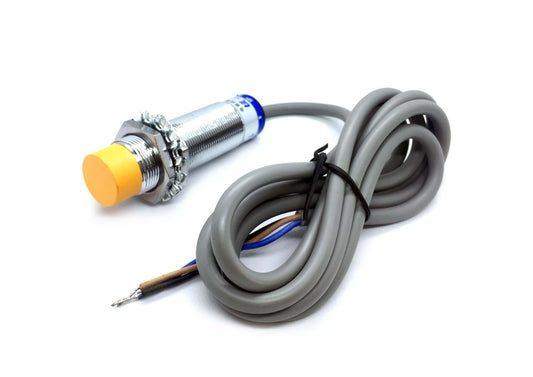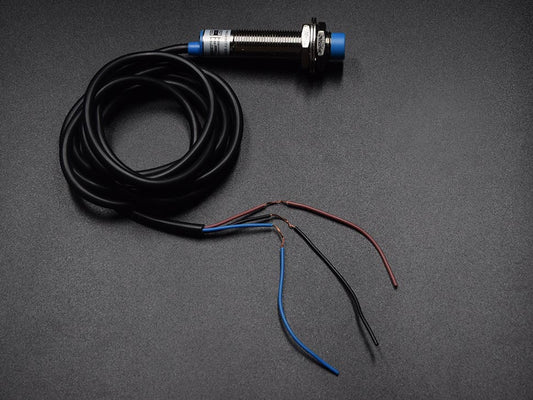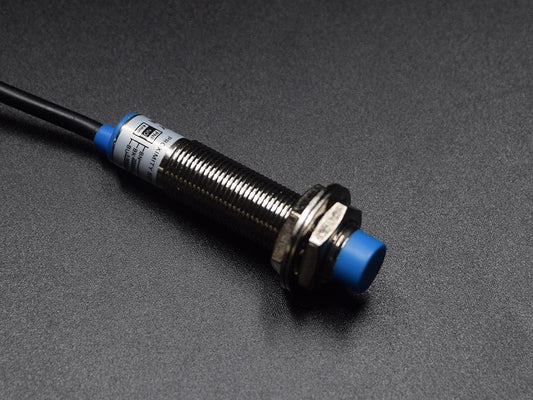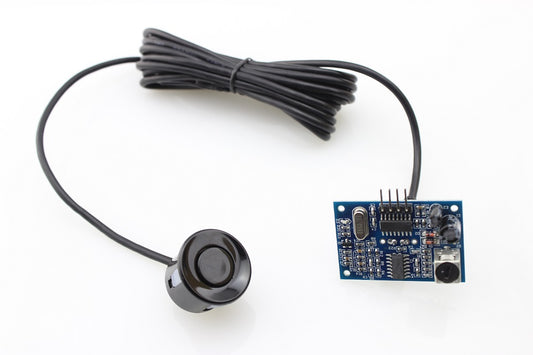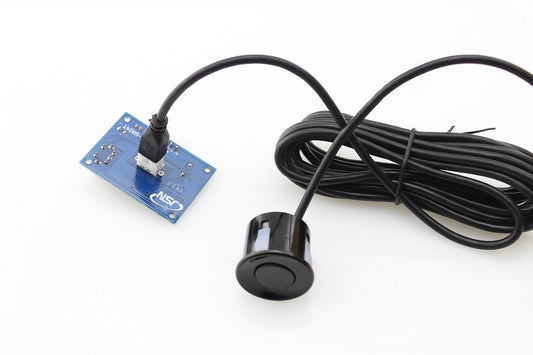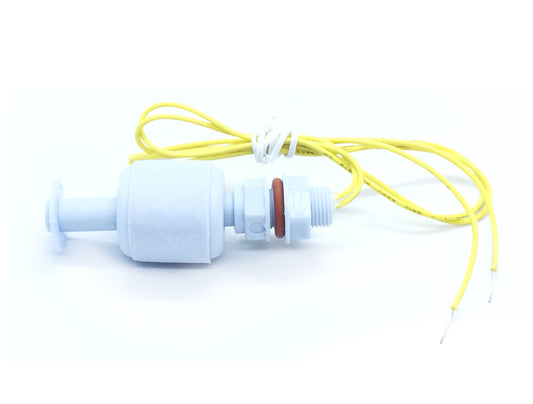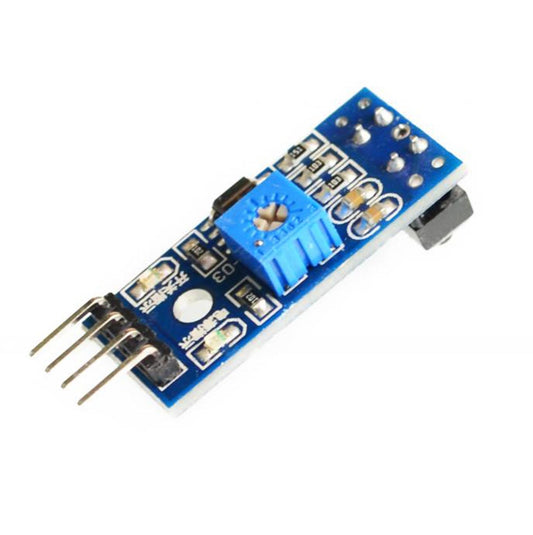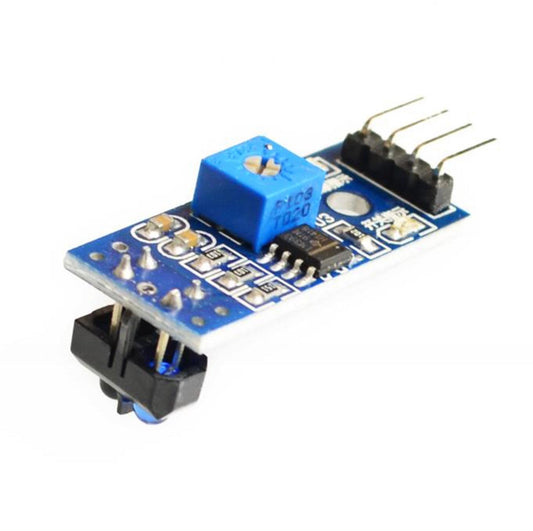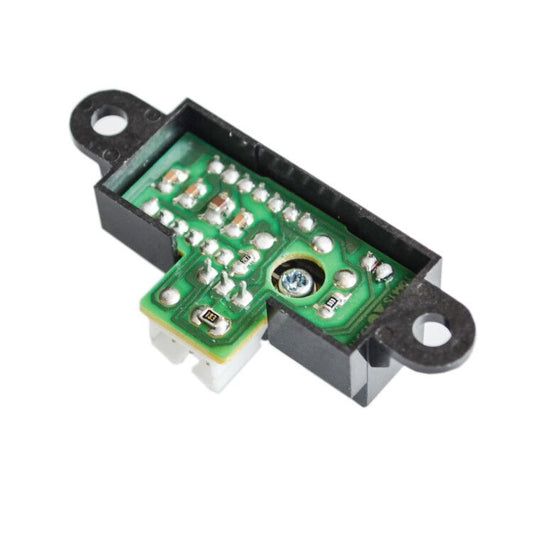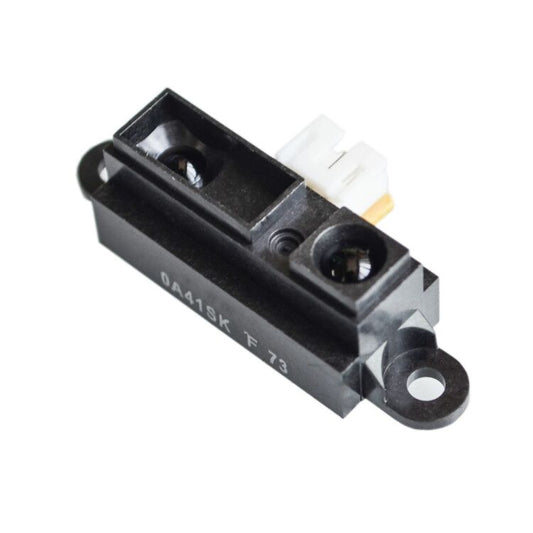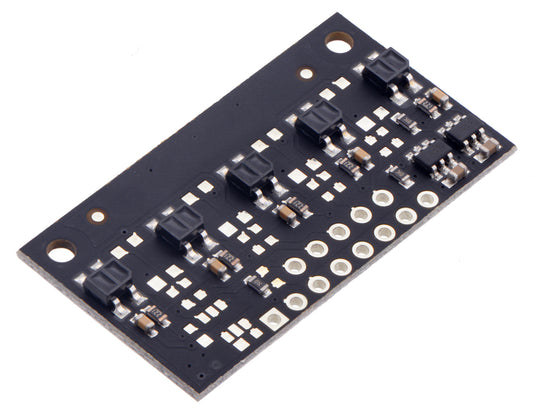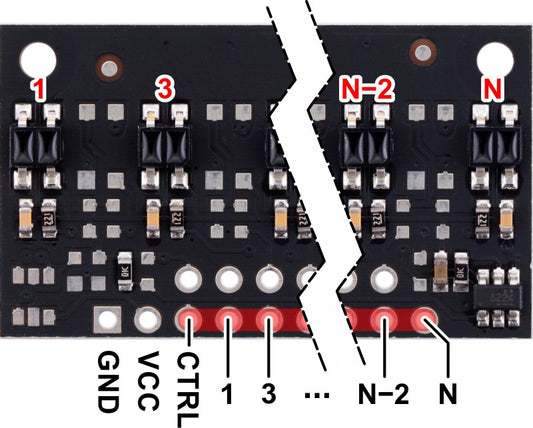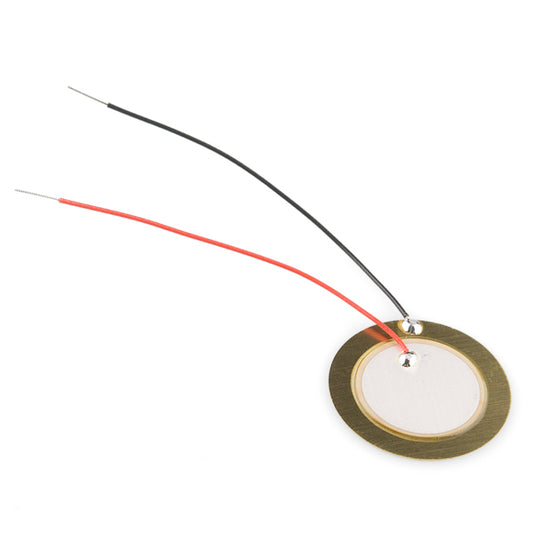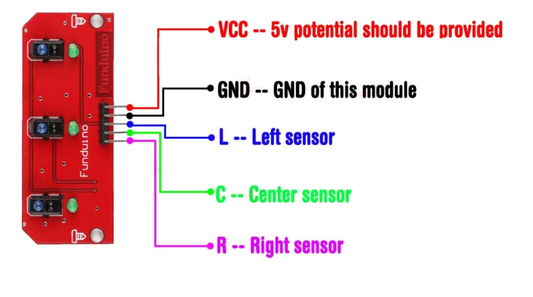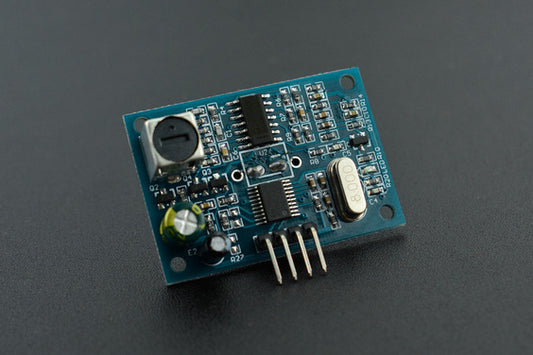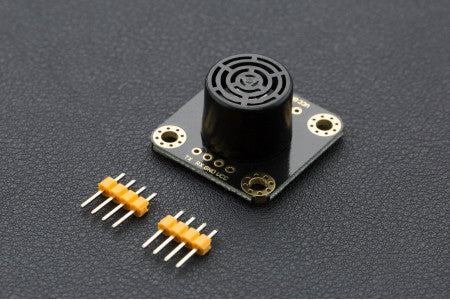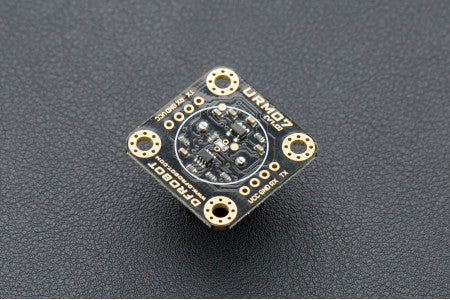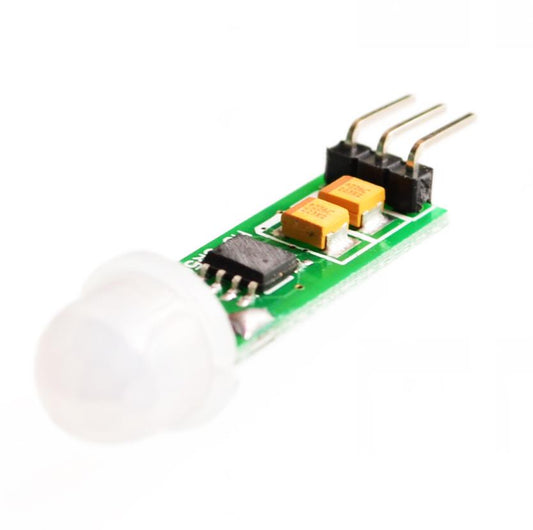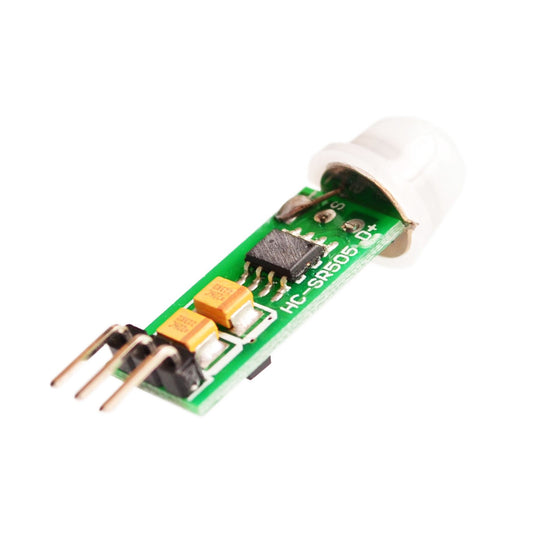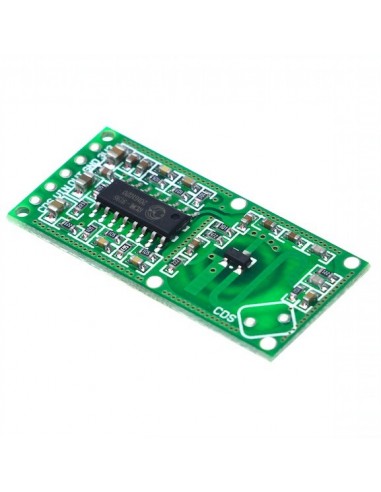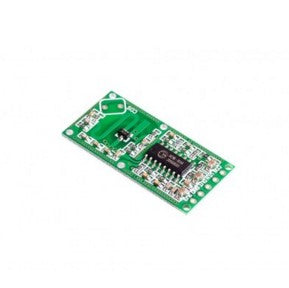Collection: Proximity-Presence
Proximity Presence Sensors - A proximity sensor simply means, A sensor that detects captures, and relays information without any physical contact. These detectors, without physical contact, are capable to detect the movement/presence of objects and ensure captured information into an electrical signal. Let us swipe down to check out more details about proximity presence sensors.
Employed in proximity sensors, there are many common sensing techniques. In addition to other ways, these techniques serve to categorize sensor types such as the material to be detected or the environmental conditions best suited for that sensor type.
Proximity Sensor Features
- Without touching the object, contactless proximity sensing allows for detection, that makes sure that the object stays well-conditioned.
- As it mainly detects physical changes, proximity sensors are nearly unaffected by the surface colors of objects.
- For wide temperature and damp conditions range usage, proximity sensors are suitable, unlike your traditional optical detection.
- There are no moving parts dependent on the operating cycle, since a proximity sensor uses semiconductor outputs, its service life tends to be longer, compared to traditional sensors.
- Proximity sensors offer a higher-speed response rate as compared to switches where contact is required for sensing.
Types of proximity sensors
• Capacitive – as the name indicates, these sensors operate by noting a change in the capacitance, capacitance is a function of both electrical charge and voltage between two surfaces. When an object to be detected enters the field of the sensor, it affects the dielectric and thus changes the capacitance, which is sensed as a change. • Inductive – Measure of the ability to induce a voltage in a conductor, these types of sensors are based on changing inductance, as a result of a changing current in a different conductor. As these have inductive properties, inductive sensors work with metallic objects, and these are not used to detect the plastic. • Photoelectric –, dependent on a change in the amount of light, these sensors operate on the basis of light, available to a detector in the sensor. There are two basic types of photoelectric sensors; reflective, and through-beam. by emitting a beam of light that strikes the object, reflective sensors work and reflect back to the detector, as the emitter beam, usually in the same physical housing. an Emitter or source of light and a separate receiver or detector, beam sensors, have two separate units. The detector registers this break when an object breaks the light beam. • Ultrasonic – To detect objects, these sensors use sound waves. when it strikes an object, they emit a high-frequency sound wave (higher than human ears can detect) and it’s reflected back to the sensor, based on the time required for it to return, the distance of the object can be calculated. They’re used in applications to measure the distance of objects, such as in automotive park-assist functions, and in bottling and filling applications to detect fluid levels.
Final Thought
Mentioned above is the entire information about Proximity Presence Sensors, you can also check out the types of common proximity sensors along with their features and how they work to detect the objects through distinctive means, we have listed the different proximity sensors above, check out the details above.
Proximity Presence Sensors - A proximity sensor simply means, A sensor that detects captures, and relays information without any physical contact. These detectors, without physical contact, are capable to detect the movement/presence of objects and ensure captured information into an electrical signal. Let us swipe down to check out more details about proximity presence sensors.
Employed in proximity sensors, there are many common sensing techniques. In addition to other ways, these techniques serve to categorize sensor types such as the material to be detected or the environmental conditions best suited for that sensor type.
Proximity Sensor Features
- Without touching the object, contactless proximity sensing allows for detection, that makes sure that the object stays well-conditioned.
- As it mainly detects physical changes, proximity sensors are nearly unaffected by the surface colors of objects.
- For wide temperature and damp conditions range usage, proximity sensors are suitable, unlike your traditional optical detection.
- There are no moving parts dependent on the operating cycle, since a proximity sensor uses semiconductor outputs, its service life tends to be longer, compared to traditional sensors.
- Proximity sensors offer a higher-speed response rate as compared to switches where contact is required for sensing.
Types of proximity sensors
• Capacitive – as the name indicates, these sensors operate by noting a change in the capacitance, capacitance is a function of both electrical charge and voltage between two surfaces. When an object to be detected enters the field of the sensor, it affects the dielectric and thus changes the capacitance, which is sensed as a change. • Inductive – Measure of the ability to induce a voltage in a conductor, these types of sensors are based on changing inductance, as a result of a changing current in a different conductor. As these have inductive properties, inductive sensors work with metallic objects, and these are not used to detect the plastic. • Photoelectric –, dependent on a change in the amount of light, these sensors operate on the basis of light, available to a detector in the sensor. There are two basic types of photoelectric sensors; reflective, and through-beam. by emitting a beam of light that strikes the object, reflective sensors work and reflect back to the detector, as the emitter beam, usually in the same physical housing. an Emitter or source of light and a separate receiver or detector, beam sensors, have two separate units. The detector registers this break when an object breaks the light beam. • Ultrasonic – To detect objects, these sensors use sound waves. when it strikes an object, they emit a high-frequency sound wave (higher than human ears can detect) and it’s reflected back to the sensor, based on the time required for it to return, the distance of the object can be calculated. They’re used in applications to measure the distance of objects, such as in automotive park-assist functions, and in bottling and filling applications to detect fluid levels.
Final Thought
Mentioned above is the entire information about Proximity Presence Sensors, you can also check out the types of common proximity sensors along with their features and how they work to detect the objects through distinctive means, we have listed the different proximity sensors above, check out the details above.
-
IR Proximity Obstacle Avoidance Sensor Module
Regular price ₱ 45.00Regular priceUnit price / per -
PIR Motion Sensor Module Digital HC-SR501
Regular price ₱ 85.00Regular priceUnit price / per -
Capacitive Proximity Sensor LJC18A3-H-Z / BY
Regular price ₱ 218.00Regular priceUnit price / per -
Line Tracking Sensor Module TCRT5000
Regular price ₱ 25.00Regular priceUnit price / per -
Proximity Inductive 4MM Metal Sensor LJ12A3-4-Z/BY
Regular price ₱ 65.00Regular priceUnit price / per -
Ultrasonic Ranging Waterproof Integrated Module JSN B02 V2.0
Regular price ₱ 135.00Regular priceUnit price / per -
Float Switch Plastic Water Level Control
Regular price ₱ 79.00Regular priceUnit price / per -
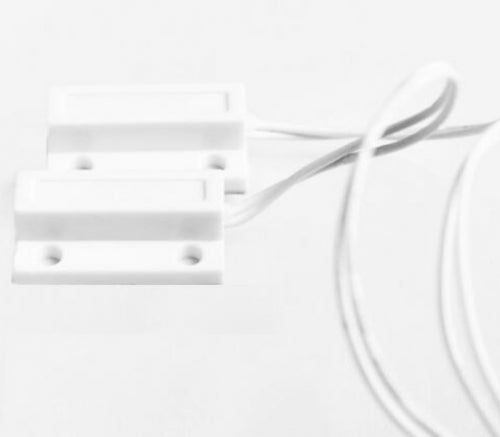
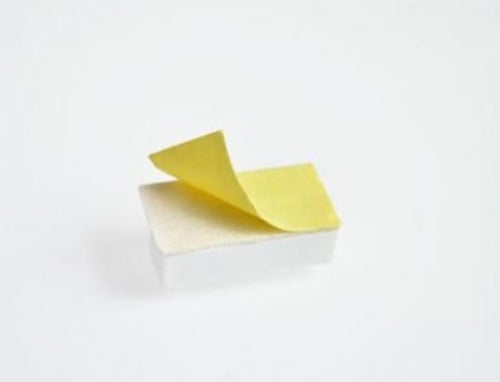 Sold out
Sold outMagnetic contact switch door sensor
Regular price ₱ 87.00Regular priceUnit price / per -
TCRT5000 Infrared Reflectance Obstacle Avoidance Module
Regular price ₱ 35.00Regular priceUnit price / per -
Sharp GP2Y0A41SK0F Analog Distance Sensor 4-30cm
Regular price ₱ 295.00Regular priceUnit price / per -
Line Tracking Sensor 5 Channel Module with Obstacle and Bump Sensor
Regular price ₱ 105.00Regular priceUnit price / per -
Distance Sensor 10-80cm GP2Y0A21YK0F Sharp
Regular price ₱ 215.00Regular priceUnit price / per -
Reflectance Sensor Array QTR-MD-05RC 5-Channel 8mm Pitch RC Output
Regular price ₱ 329.00Regular priceUnit price / per -
Infrared Sensor Adjustable E18-D80NK
Regular price ₱ 209.00Regular priceUnit price / per -
Line Tracking Sensor 5 Channel Module
Regular price ₱ 105.00Regular priceUnit price / per -
Piezo Ceramic Wafer Plate 15mm 10PCS
Regular price ₱ 70.00Regular priceUnit price / per -
Line Tracking Sensor 3 Channel Module
Regular price ₱ 89.00Regular priceUnit price / per -
Waterproof Ultrasonic Ranging JSN-SR04T 2.0
Regular price ₱ 557.00Regular priceUnit price / per -
Ultrasonic URM07 UART Low-Power Consumption Sensor 20~750cm
Regular price ₱ 847.00Regular priceUnit price / per -
PIR Motion Sensor HC SR505
Regular price ₱ 45.00Regular priceUnit price / per -
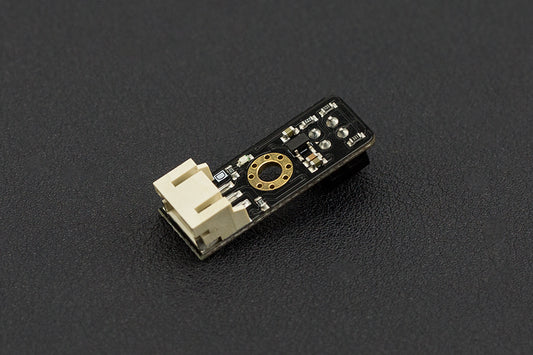
 Sold out
Sold outLine Tracking Sensor for Arduino
Regular price ₱ 267.00Regular priceUnit price / per -
Float Switch Plastic Water Level Control Right Angle
Regular price ₱ 95.00Regular priceUnit price / per -
Microwave Doppler Radar Distance Sensor SENS-RCWL-0516
Regular price ₱ 65.00Regular priceUnit price / per -
Time of Flight Distance Sensor VL53L0X ~30 to 1000mm
Regular price ₱ 365.00Regular priceUnit price / per

